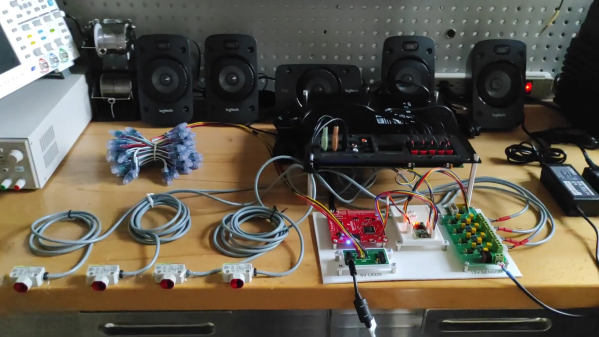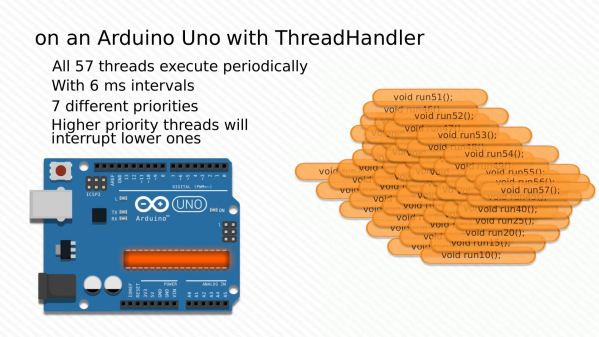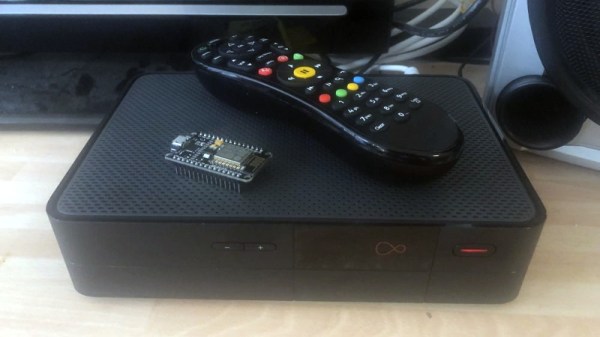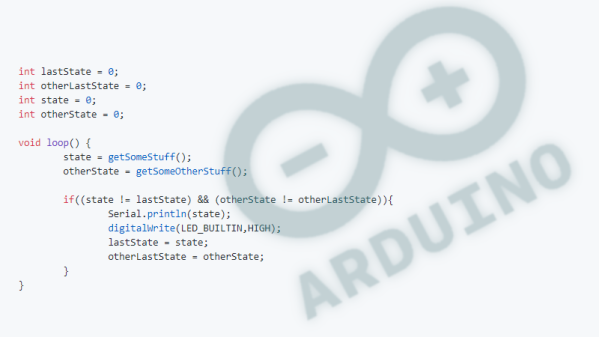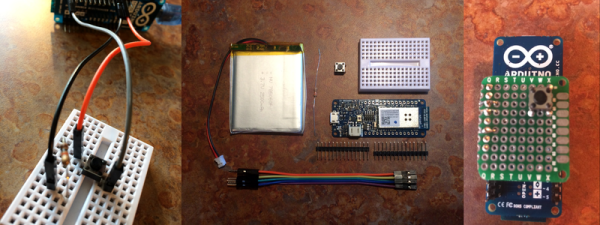The Logitech Z906 is a well-rounded 5.1 surround sound system. It’s capable of putting out 1000W in peak power, and can decode Dolby Digital and DTS soundtracks as you’d expect. It’s intended to be used as the heart of a home cinema system and used with a central command console. However, [zarpli] figured out the device’s serial secrets and can now run the device in a standalone manner.
As it turns out, the Z906 uses a main control console that speaks to the rest of the hardware over a DE15 connector (also known as the DB-15). [zarpli] realized that the hardware could instead be commanded by just about any device with a serial port. Thus, a library was whipped up that can be readily used with an Arduino to control all the major functions of the Z906. Everything from volume levels to effect modes and channel assignments can be commanded by microcontroller. As a finale, [zarpli] shows off the hardware playing a multi-channel composition without the console connected, with his own hardware running the show instead.
If you’ve got a Logitech Z906 or similar unit that you wish to automate, you might find this work useful. It’s also a good inspiration for anyone contemplating hacking away at the console ports on other hardware. Video after the break.

